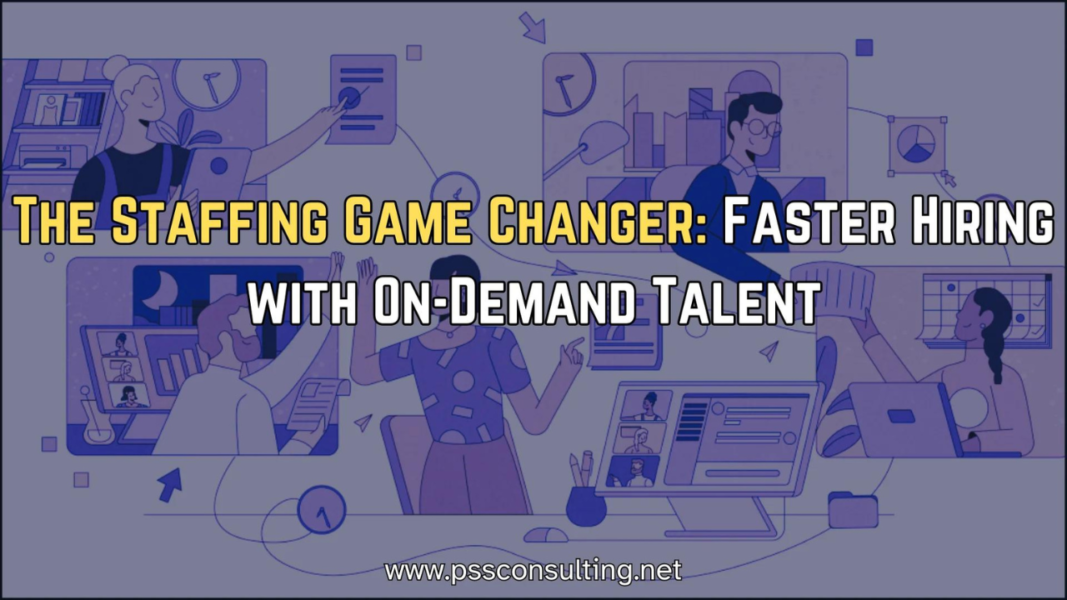The modern C-suite faces a fundamental challenge: how to scale internationally without sacrificing control or efficiency. In an era of global talent shortages, rising compliance demands, and relentless pressure to optimize costs, global enterprises are rethinking their operational models. This strategic re-evaluation often leads to two dominant approaches: establishing a Global Capability Centre (GCC) or leveraging third-party outsourcing.
This in-depth guide examines both models through a strategic lens, with a focus on India and the MENA region. India is an established powerhouse with a deep talent pool, while the MENA region, particularly the UAE, offers strategic proximity to Europe and a business-friendly environment.
Our core premise is that while both GCCs and outsourcing offer distinct benefits, the right choice for your business depends on a careful analysis of control, cost, scalability, and compliance.
What is a Global Capability Centre (GCC)?
A GCC is a captive unit fully owned and operated by a multinational enterprise in a foreign country. Unlike an outsourced operation, the GCC is a direct extension of the parent company, fostering a shared culture and long-term strategic alignment.
Benefits of GCCs:
- Complete Control – Ownership of operations, data, and processes. Crucial for regulated sectors.
- Long-Term Cost Savings – Despite higher upfront costs, GCCs can reduce operating expenses by 35–50% over time.
- Strategic Integration – Today’s GCCs serve as AI-first hubs, R&D centres, and Centres of Excellence (CoEs), delivering innovation-not just support.
💡 How PSS Consulting helps: We guide enterprises through India and MENA GCC setup, from market entry and compliance to assembling expert teams in Tier-2/3 cities, where costs are 25–30% lower.

What is Outsourcing?
Outsourcing involves delegating business functions to a third-party vendor. The vendor manages operations, talent, and delivery under contract.
Benefits of outsourcing:
- Lower Upfront Costs – Minimal capital expenditure, preserving cash flow.
- Speed-to-Market – Rapid scaling with vendor infrastructure and teams.
- Flexibility – Easy to exit or shift across vendors/geographies.
Limitation: Dependency on vendors reduces control and raises risks around IP and data security.
💡 How PSS Consulting helps: We operate as more than a vendor. Our on-demand talent model provides vetted specialists, free replacements, and flexible contracts—delivering outsourcing’s agility without the usual risks.
Key Differences Between GCC vs Outsourcing (2025)
|
Feature |
Global Capability Center (GCC) – Captive Model |
Outsourcing – Third-Party Model |
|
Ownership & Control |
Full authority over operations, data, and compliance. |
Less control as authority rests with the vendor. |
|
Strategic Role |
Can evolve into AI/R&D hubs and Centers of Excellence. |
Primarily transactional; focused on task execution. |
|
Culture & Alignment |
Unified organizational culture and compliance structure. |
Distinct vendor culture; potential for misalignment. |
|
Cost Dynamics |
Higher initial costs, but 35–50% savings over time. |
Lower upfront costs, suitable for testing markets. |
|
Flexibility |
Less flexible due to direct ownership and investment. |
Highly flexible and scalable based on business needs. |
|
Expertise |
Requires in-house development of expertise. |
Immediate access to the vendor’s specialized knowledge. |
|
Risk |
You bear all operational risks (e.g., staffing, infrastructure). |
The vendor absorbs a portion of operational risks. |
|
Location |
Strategic choice for lower operating costs in India/MENA Tier-2/3 cities. |
The vendor chooses the location for service delivery. |
Cost Savings Analysis – India & MENA 2025
India: Savings of 40–70% vs onshore. Tier-2 hubs unlock further arbitrage.
MENA (UAE, Saudi): Higher ops cost, but proximity to Europe, tax incentives, and compliance strength.
Hybrid Trend: Core functions in UAE GCC + scale operations in India GCC = rising best practice.
Decision Framework – Which Model Fits Your Business?
| High Control | Low Control | |
|---|---|---|
| High Speed | BOT/Assisted GCC – Rapid setup with long-term ownership. | Outsourcing – Best for SMBs, non-core functions. |
| High Budget | GCC – Ideal for R&D, regulated industries, sustainable scale. | Hybrid – GCC for strategy + outsourcing for efficiency. |
Stage Guidance:
- Startups/SMBs: Outsourcing for fast, low-cost scaling.
- Scaling past 300 FTE: GCC in India for sustainable growth.
- Regulated industries: GCC in UAE/Saudi for compliance.
- Budget < $2M: Outsourcing as a safe entry strategy.

The Future – Hybrid & BOT Models
- BOT (Build-Operate-Transfer) – A bridge between outsourcing and GCC.
- Dual-shore – India for scale, UAE for leadership and compliance.
- Assisted GCCs – Vendor aids setup, client retains full control from Day 1.
Choosing between a GCC, outsourcing, or a hybrid model isn’t about a single “right” answer – it’s about matching the model to your company’s stage, budget, and compliance needs.
- GCCs deliver unmatched control, compliance assurance, and long-term strategic value.
- Outsourcing offers speed, flexibility, and lower upfront costs for rapid scaling.
- Hybrid strategies combine the best of both, giving enterprises resilience and cost efficiency.
At PSS Consulting, we don’t leave you guessing. We partner with you to analyze your priorities – control, speed, scale, budget -and translate them into a tailored operating model. From outsourcing pilots to BOT transitions and full GCC builds, our AI-driven insights, compliance expertise, and global talent network ensure you execute with confidence.
Next step: Download our Decision Tree PDF – GCC vs Outsourcing for a personalized roadmap to the model that will maximize value for your business.
Find Your Optimal Business Model
Answer 6 questions to get a tailored recommendation with a 30-day action plan.




